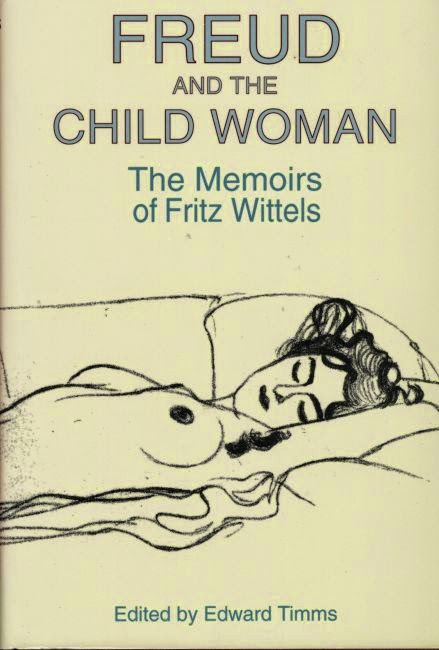A new edition of Laura Moriarty's The Chaperone is out today in Spain. This handsome softcover edition of the bestselling American novel features Louise Brooks on the cover. The book was translated by Carlos Milla and Isabel Ferrer.
The Chaperone, in Spanish titled Una acompañante en New York, tells a story focusing on the 15 year old Louise Brooks and her trip to New York City in the summer of 1922 to join the Denishawn Dance Company. "Inspirada por la vida de la estrella de cine mudo Louise Brooks. esta es la historia de dos mujeres que representan dos mundos opuestos, y del verano que cambió su vida."
This Spanish edition has French folds which have additional text about Louise Brooks not included on the American editions. Also, the Louise Brooks Society is credited.
Here is a bit more text about the book in Spanish, from the publisher's website. "En 1922, la joven y precoz Louise Brooks y su amiga, Cora Carlisle, una mujer casada muy tradicional, viajan juntas desde Witchita, Kansas, a Nueva York, la metrópolis de moda de la época. Cada una tiene sus propios motivos para hacer ese viaje: la rebelde Louise se ha inscrito en la academia de danza vanguardista Denishawn, porque sueña con llegar a ser una famosa bailarina. Una ilusión que cumplirá de largo, convirtiéndose en una conocida actriz del cine mudo y en la mujer más deseada del Hollywood de la época. Por su parte, Cora no solo busca escapar de la monotonía de su vida, sino que quiere cumplir un deseo que lleva tiempo postergando: encontrar sus orígenes, ya que nunca ha conocido a sus padres. Obligadas a pasar juntas un verano en la fascinante y caleidoscópica ciudad de moda, estas dos amigas aprenderán a entenderse y descubrirán que la vida les tienere servadas muchas sorpresas. "
The Chaperone, in Spanish titled Una acompañante en New York, tells a story focusing on the 15 year old Louise Brooks and her trip to New York City in the summer of 1922 to join the Denishawn Dance Company. "Inspirada por la vida de la estrella de cine mudo Louise Brooks. esta es la historia de dos mujeres que representan dos mundos opuestos, y del verano que cambió su vida."
This Spanish edition has French folds which have additional text about Louise Brooks not included on the American editions. Also, the Louise Brooks Society is credited.
Here is a bit more text about the book in Spanish, from the publisher's website. "En 1922, la joven y precoz Louise Brooks y su amiga, Cora Carlisle, una mujer casada muy tradicional, viajan juntas desde Witchita, Kansas, a Nueva York, la metrópolis de moda de la época. Cada una tiene sus propios motivos para hacer ese viaje: la rebelde Louise se ha inscrito en la academia de danza vanguardista Denishawn, porque sueña con llegar a ser una famosa bailarina. Una ilusión que cumplirá de largo, convirtiéndose en una conocida actriz del cine mudo y en la mujer más deseada del Hollywood de la época. Por su parte, Cora no solo busca escapar de la monotonía de su vida, sino que quiere cumplir un deseo que lleva tiempo postergando: encontrar sus orígenes, ya que nunca ha conocido a sus padres. Obligadas a pasar juntas un verano en la fascinante y caleidoscópica ciudad de moda, estas dos amigas aprenderán a entenderse y descubrirán que la vida les tienere servadas muchas sorpresas. "












